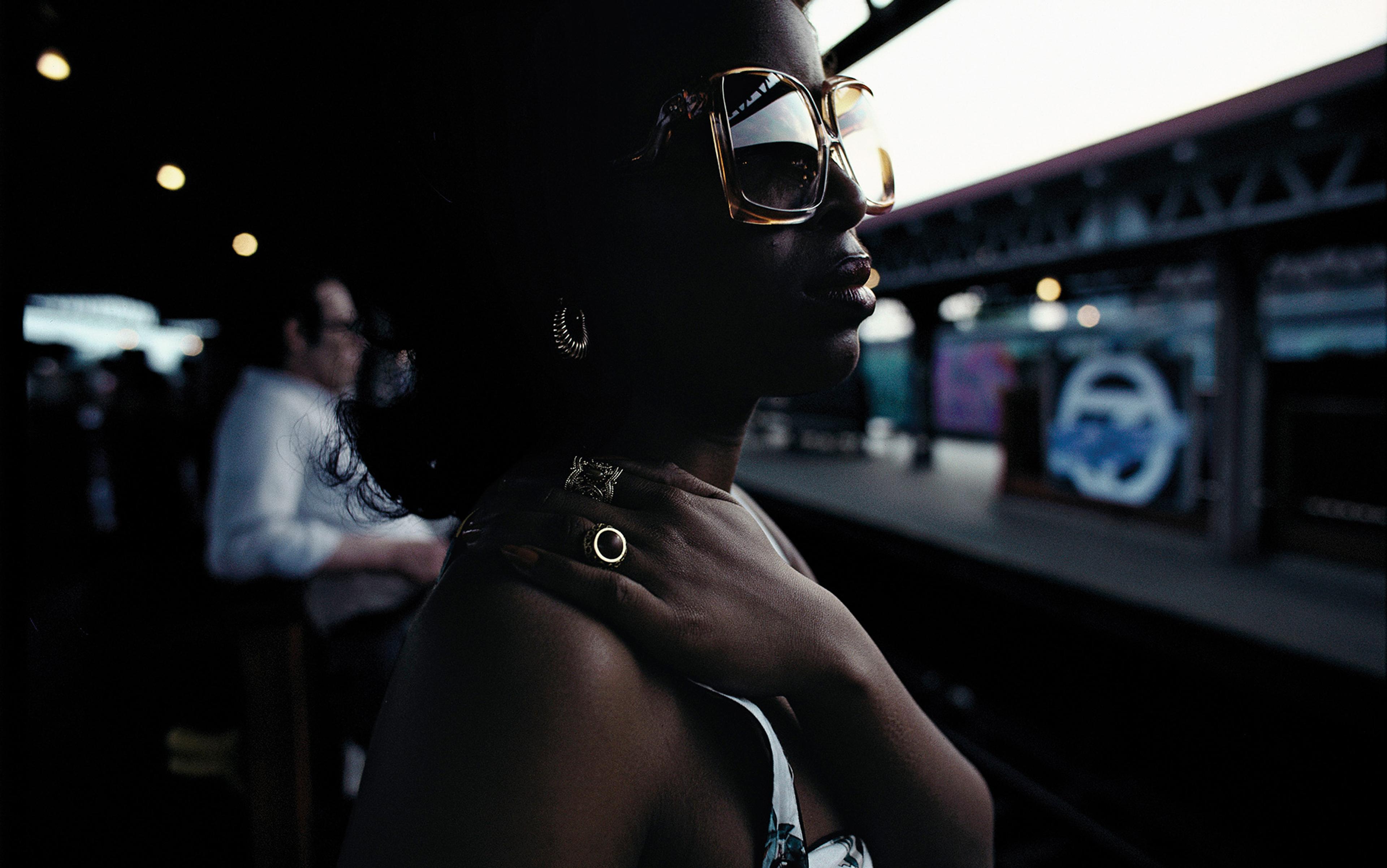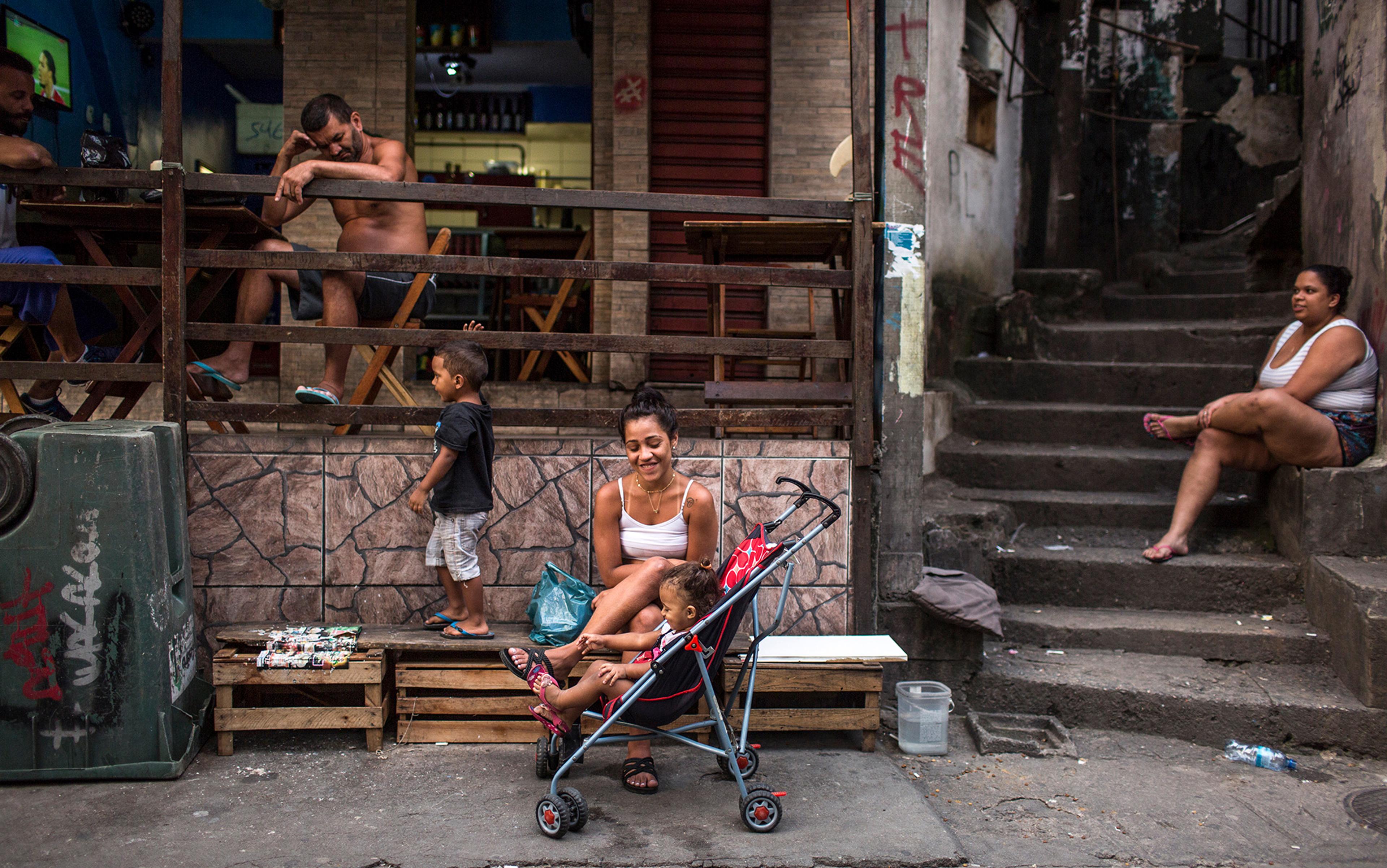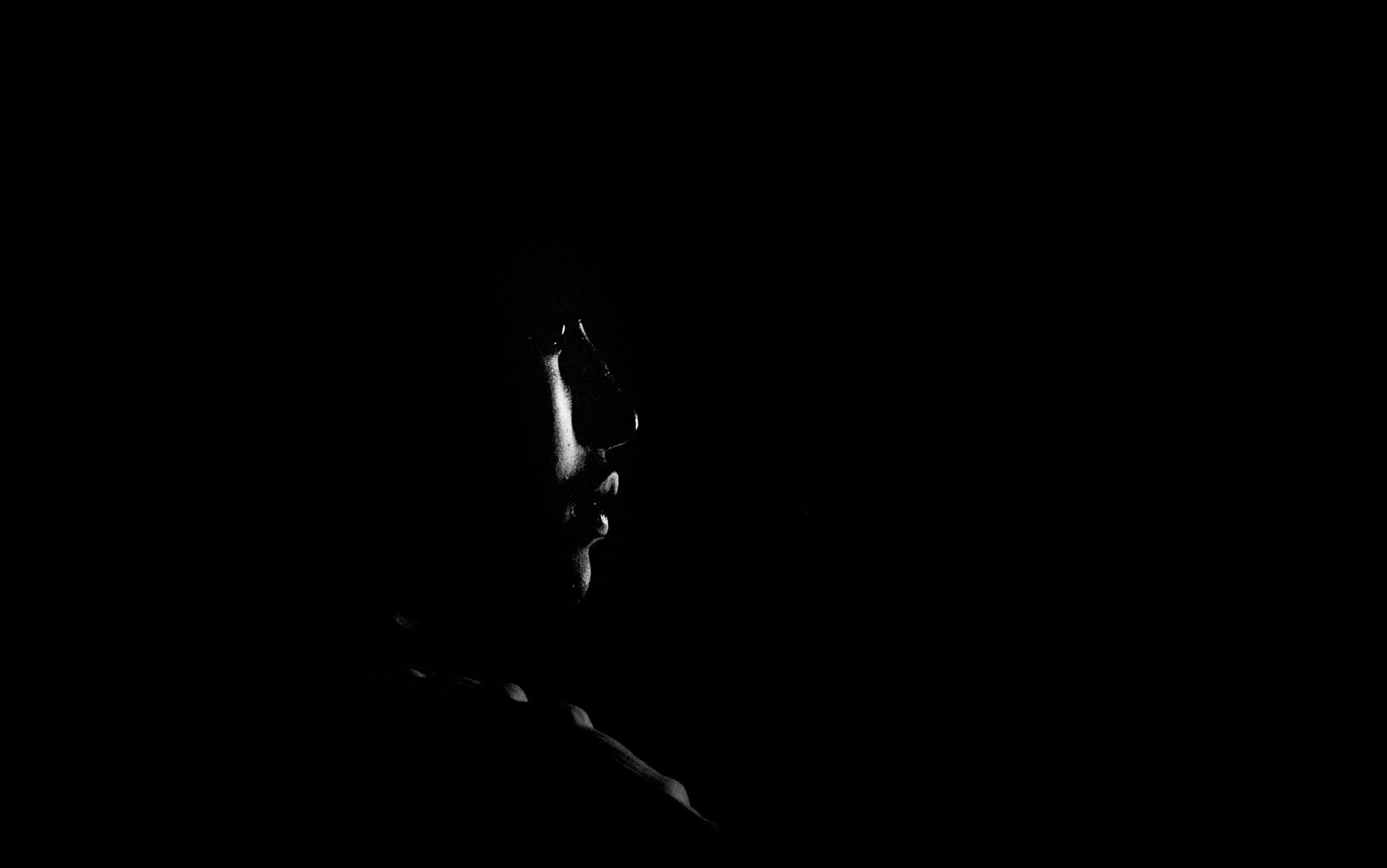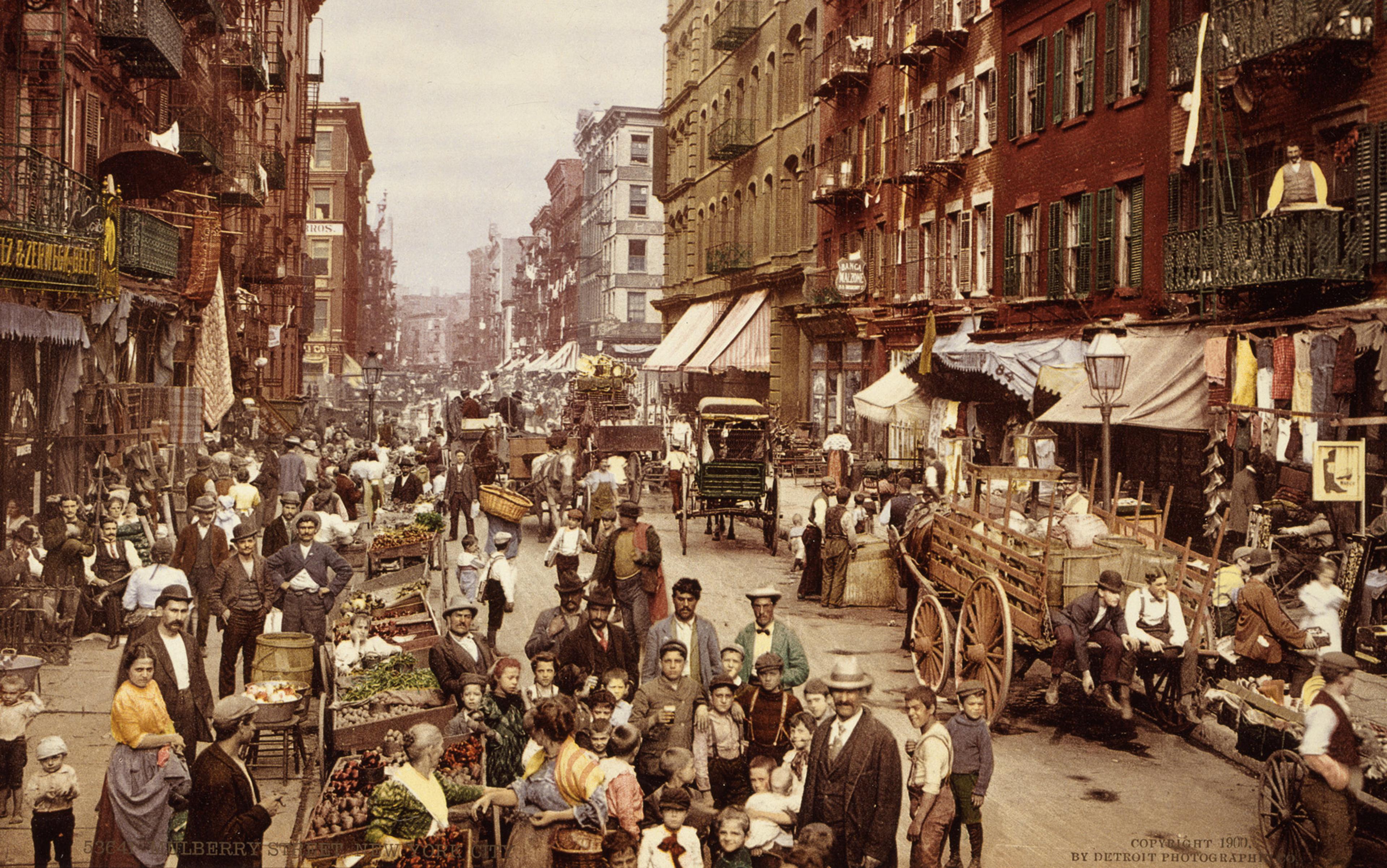With Black Lives Matter (BLM) protests spreading across the globe this year, this ought to be a moment when sociologists cast valuable light on how racist thinking affects everyday life. Sociology is, after all, deeply invested in its Others; racial others, gendered others, economic others, indeed every other other, is at the focal point of the discipline, even if too narrow a lens is applied when studying some of these social others. Sociology should matter now more than ever. Yet it disappoints, because it doesn’t know its others very well.
I should know, because I am Black, and I’m a sociologist who has had (mostly white) professors and colleagues attempt to teach me about being Black since I was first an undergraduate. It’s an odd position to be in: to find myself the object that my peers make a living off examining.
As a Black student at a predominately white university, sociology provided a welcome home for me, and other students of colour, most of us fledgling activists eager to develop a framework to better understand and describe our alienated experiences. Early on, and in keeping with just about every introductory sociology course across North America, I was assigned C W Mills’s text The Sociological Imagination (1959). The first chapter on the ‘promise’ of sociology is routinely used to introduce students to the basic principles of the field. I learned that specific individuals are located historically, and also in relation to social structures that preceded and will survive them; that particular societies tend to produce particular types of people; and that personal troubles are related to larger social problems, but since they’re not identical they warrant different analytical lenses.
Sociology’s foundational tenets ought to help us understand how racist thinking and practices, such as police harassment and discrimination, continue to shape nearly every facet of social life. And they are useful for thinking about the way the United States produces particular types of racists. But this usefulness has its limitations. Like other social sciences, an overemphasis on empirical findings leads to research that says more about the techniques of sociology than about society itself.
At the heart of US sociology are two interlocking fixations: method and race. Together they prop up a liberal fantasy of discovering Black pain – of somehow measuring it and then documenting it in great detail, again and again. Black identities and lived experiences are endlessly layered and diverse, but this is a problem for methodologies that require (or presume) fixed categories to produce research that is generalisable, verifiable and replicable – the hallmarks of social scientific enquiry. Regardless of whether the work is qualitative or quantitative, it’s the purported empiricism of the field that separates it from the humanities and interdisciplinary studies, encouraging a flattening of Black life that overlooks its diversity and pleasures. Blackness is treated only through the lens of social problems; we are defined by where we fall on normal distributions, or bell curves, that track how much we adhere to white norms, or else remain social outliers.
Increasingly, the public face of sociology is dominated by urban ethnography. Researchers often flock to this qualitative arena to study race and racism, because it promises to reveal stories from the perspective of those being examined. Ethnography allows researchers to delve deeper and to tease out subtleties that are glossed over in official state documents and surveys. The methodology has a faithful following, especially among idealistic graduate students and professors hoping to reconnect to the social justice concerns that carried them into the field in the first place. It affords them far more intimate access to their objects of study than other researchers can hope to attain, while positioning them as deeply sympathetic and eager to learn, in fine detail, how specific individuals experience and deal with a system that is hopelessly rigged against them.
Yet even the most self-aware ethnographers can succumb to blind spots. In her ethnography On the Run: Fugitive Life in an American City (2014), Alice Goffman pieces together a compelling account of how easily young Black men find themselves ensnarled in the criminal justice system from a young age. They are hunted by police, like prey, and arrested, often for nonviolent offences: unpaid fines, missed court dates and other minor probation violations.
Goffman spent six years in a neighbourhood in West Philadelphia that she dubbed ‘Sixth Street’. At the time, she was a sociology undergraduate, then graduate student working with some of the most prominent urban ethnographers in the field. Goffman set out to understand how poor Black neighbourhoods are overpoliced, and what effects this relentless surveillance had on the lives of a group of teenagers and young men. She spent time with them at home and on the stoop. She visited them in hospitals, in jail and at sentencing hearings. In the book, Goffman forms close friendships with the men, and appears genuinely concerned about their welfare when their families and girlfriends prove unreliable support systems in threatening to call the police to resolve disputes over child support, for example, knowing that the young men have active warrants out for their arrest. The boys and men seem to have only each other – and Goffman.
Goffman’s ethnography reads like a novel. Unburdened by academese, it’s fast paced and engrossing. And it’s character driven, based on eyewitness accounts and day-to-day conversations and observations. The book is chock-full of dialogue from Goffman’s direct conversations, ones she overheard, and ones later recounted to her about the teenagers’ and young men’s lives ‘on the run’, dodging arrest. She also describes scenes she witnessed that include police kicking down doors and violently apprehending suspects, often in front of young children who then made a game of imitating this dangerous cat-and-mouse play with each other. She showed that people regarded as thugs, criminals and other shadowy figures of the white imagination weren’t just human beings, but incredibly likeable ones.
Was Goffman a reliable narrator of the Black youths’ experience?
After the publication of On the Run, Goffman was celebrated for her bravery: a young white woman, she’d immersed herself in the inner city and developed meaningful relationships with Black youths who took her into their confidence and allowed her to trail them for years. That embeddedness gave Goffman ample material for painting a personal face on the structural racism and mass incarceration outlined in books such as Michelle Alexander’s The New Jim Crow: Mass Incarceration in the Age of Colorblindness (2010). And Goffman was widely praised for her efforts, attracting glowing write-ups in The New York Times and other elite outlets. A TED Talk followed in 2015, drawing more than 2 million views.
Despite its warm reception, On the Run elicited the usual handwringing over the collection and presentation of ethnographic data. Could its findings be verified and replicated by others or used to make more general statements, given the small sample size? Some journalists went so far as to travel to what they believed was the ‘real’ Sixth Street, in search of proof that would back Goffman’s claims. It wasn’t as if Goffman could provide notes and interview transcripts; in fact, she claimed she’d burned them to protect the identities of her friends/participants and because she had witnessed illegal activity such as drug dealing.
More troubling were the ethical concerns raised by legal scholars. Steven Lubet suggested that Goffman exposed herself as an accomplice to crimes, including a conspiracy to commit murder, under Pennsylvania law. For example, she and a friend/study participant drove around with a loaded gun searching for someone believed to have killed another friend/study participant. In the end, many of the questions aimed against On the Run – was Goffman a reliable narrator of the Black youths’ experience? What drew her to that topic and research site in the first place? Is it ethical that she benefits professionally and materially from work based on other peoples’ lives? Did she have more access to prestigious academic and publishing circles as the child of the famous sociologist Erving Goffman? – could be asked of the discipline more generally, not to mention urban ethnography more specifically.
Black observers voiced a different set of concerns – less about the merits or generalisability of ethnography than the assumptions underlying Goffman’s project and its initial reception. Christina Sharpe describes Goffman’s work as ‘the latest instalment in a sociological tradition that subjects Black life to scholarly scrutiny’. This is not a compliment. Sharpe is troubled by Goffman’s (and, by implication, sociology’s) massive blind spots around white supremacy and anti-Blackness, and by Goffman’s role in the reproduction of both. Goffman, she contends, displays a disturbing unfamiliarity with literatures outside the discipline, so much so that she gets Black fugitivity all wrong. Yet, as ever, the predictable work of white sociologists is celebrated, awarded and circulated above the longstanding work of Black scholars and activists.
Six years on, we continue to see new ethnographies that recreate many of the same issues, and white urban ethnographers praised for plunging themselves into the dark, urban jungle to shine a light on inequality. Matthew Desmond’s book Evicted: Poverty and Profit in the American City (2016) won a Pulitzer Prize in 2017. Now a sociology professor at Princeton University, Desmond was also awarded a MacArthur fellowship or ‘genius grant’ that carried a $625,000 no-strings-attached cash prize. Like Goffman, he immersed himself in his field while a graduate student living in a trailer park on the south side of Milwaukee, then in a rooming house on the north side. His book is structured around the intimate stories of eight families whom he follows from one shelter or condemned apartment to the next. He describes them moving out their possessions in large trash cans in the middle of the night to avoid embarrassment; recounts conversations between landlords and tenants about overdue rent; and describes violent scenes of eviction – police arriving as tenants, with kids in tow, have their belongings scattered on a street kerb.
These stories are heartbreaking. But we might ask ourselves why hearts need to be broken in such an invasive fashion. And we might question, too, whose lives get held up in this manner, their most difficult moments written about in detail for strangers to consume in books described as ‘page-turners’. Isn’t this just poverty porn?
Desmond demonstrates that eviction contributes to chronic poverty, since people with eviction violations on their records, mostly single mothers, find it far harder to secure housing, and find themselves unable to climb out from behind court fees and back-rent charges. He tells an important tale about the lack of public housing across US cities, and the landlords who profit from renting to the most economically disadvantaged. Yet his victims and villains are too easily identified, and the private devastations of the former are laid bare for curious readers. Above it all, the ethnographer gets painted as the hero.
Goffman and Desmond are both white. But, to a large extent, the issue doesn’t lie with them personally – or with the host of other white researchers studying poor Black people. The problem is urban ethnography itself. Urban ethnography, along with other qualitative and quantitative social methods, represents an ethnocentric approach. As the sociologists Tukufu Zuberi and Eduardo Bonilla-Silva suggest, there’s a ‘white logic’ to the way methods are deployed, first to help construct people of colour as walking social problems, and then to relentlessly monitor what they think we’re up to at the margins of society. The historian Saidiya Hartman goes a step further in Wayward Lives, Beautiful Experiments (2019), describing social scientists prowling through the inner city as near-vampires who ‘feed on the lifeblood of the ghetto, long for it and loathe it’.
Sociologists end up weirdly reifying the status quo rather than critiquing or unpacking it. In Aberrations in Black: Toward a Queer of Color Critique (2003), Roderick Ferguson traces how the founding impulses of US sociology themselves sprang from a concern with how well Black communities reflected or were incorporated into traditional social institutions that regulate and discipline human behaviour, such as work and family. From this vantage point, Black and brown people are forever playing catch-up to their white counterparts who always seem to have more of everything and live happier lives. For the rest of us, the picture is bleak. It’s as if the entirety of our experience is reduced to white pathologies keeping us from the lives they think we ought to be living.
Sociologists, and ethnographers in particular, operate from a white-saviour mentality
After all, Black people do more than get arrested and evicted, even in poor neighbourhoods. Our lives are far more complex, and plenty of poor Black people don’t experience the kind of frightening encounters that Desmond and Goffman recount. At this point, I’m waiting for the ethnographic studies that stalk those doing the policing and evicting, at home and at work, for years on end, lingering over their most painful experiences to raise awareness among strangers they’ll never meet. The fact that these books have yet to surface is a matter of how social problems are defined and of who’s asking the questions and doing the looking.
From the University of Chicago to Columbia University, sociologists make a habit of studying the neighbourhoods that surround their campus, and of encouraging their students to do the same. Other people’s homes become their social laboratories. That this work is viewed as illuminating – and rewarded as pathbreaking, despite its ubiquity – says more about how and why students approach these communities than about the people who live there. It also assumes the imagined audience for their work is similar to them. The rest of us don’t need a sociologist to spend years watching Black people living their lives to convince us that we are likeable and live lives that matter. It’s not our heartstrings that are meant to be pulled.
We might think of urban ethnographers, and sociologists more generally, as talking to themselves in a feedback loop where they answer questions many of us aren’t asking. The historian Michael Rothberg might class them as ‘implicated subjects’ who overlook the fact that they are socially positioned close to those in power. Implicated subjects benefit from the status quo. Recognising yourself as one is difficult and even harder to rectify, particularly when you see yourself as advocating on behalf of the victimised. It requires the sort of self-reflection that Robin DiAngelo, in White Fragility (2018), says is challenging for white people, including white antiracists, since it involves moving beyond incredulity and guilt to see the part that they play, directly or indirectly, in reproducing a racist system that ultimately benefits them.
In this respect then, sociologists, and ethnographers in particular, operate from a white-saviour mentality. Referencing the 2012 documentary Kony 2012 about Ugandan war crimes – produced by the nonprofit Invisible Children, Inc – the writer and critic Teju Cole Tweeted a series of responses about the market appeal of the white saviour. His statements included:
The white saviour supports brutal policies in the morning, founds charities in the afternoon, and receives awards in the evening.
The banality of evil transmutes into the banality of sentimentality. The world is nothing but a problem to be solved by enthusiasm.
This world exists simply to satisfy the needs – including, importantly, the sentimental needs – of white people and Oprah.
The White Savior Industrial Complex is not about justice. It is about having a big emotional experience that validates privilege.
White saviours, then, are oblivious, perhaps wilfully, of their own implication in the very injustices they make a living out of exposing. It’s not just ethnographers but the academic enterprise itself that reproduces narratives about the chronic brokenness of Blackness – which then justify the research that gets done. Thinkers such as Reni Eddo-Lodge, author of Why I’m No Longer Talking to White People About Race (2017), point out that it’s a feature of whiteness that white people have so much influence over how and when racism is taken up as a shared crisis or a collective problem.
Too many sociologists treat their carefully crafted representations of reality as fact, rather than fact-like. While the discipline might have developed around the idea that the social is constructed, and therefore susceptible to reconstruction or social change, it is, nonetheless, still invested in an empiricism that sits at odds with social constructivism. Ideally, empirical research should be theoretically informed, and some sociologists are solely interested in the theoretical, but there remains a deep-seated belief in the existence of objective truths about the social world that can be brought to light with social-scientific methods. Even when research is qualitative, the value of someone’s work is too often judged by the richness of their data: how much time did you spend in the field? How many people did you talk to? How large is your dataset? How many pages of notes did you end up with? In sociology, size always matters.
Yet despite all of sociology’s shortcomings, I still look forward to teaching ethnographies in my methods and social analysis course. I present them as case studies of what Avery Gordon calls ‘haunted’ texts. In Ghostly Matters: Haunting and the Sociological Imagination (1997), Gordon calls on sociologists to tend to that which haunts society as much as to the discipline itself, and break from conventions that erroneously limit human behaviour to rational actions that can be readily observed and defined, or measured and explained using frameworks we’re familiar with, however inadequate. She is interested in all that is systematically absent from analyses – not least the authors’ own investments and anxieties – and that which is too inconvenient to be included (such as when our victims don’t perform their victimhood as expected). She sees promise in dissonance, as long as it’s not hidden in footnotes or appendices or lost altogether in fieldnotes long-since discarded. Ghosts then, for Gordon, are not to be denied or repressed, since they draw our attention to uncomfortable truths we must contend with if the haunting is to ever cease.
In addition to minimising the complexities of racialised experiences, sociology is ill suited to the emotional and the visceral, to the kind of passion and resonance of the BLM movement. Again, a lot gets left out of social analysis when we restrict ourselves to only those accounts that can be rationally explained and proven with primary evidence. Probing the limits of disciplinary conventions can produce multifaceted, illuminating work that might look more like art than science, but it also feels more like some kind of truth.
Sociology’s race problem is bigger than the faulty lens that transforms some of us into social others
Hartman tackles just those limits in studying pasts that are not quite past, or histories that defy and escape official record – histories that feel at once distant and immediate, strange and personal. She is both drawn to and repelled by the colonial archives that originated as tools of enslavement, registering and regulating the trade of humans. In Lose Your Mother: A Journey Along the Atlantic Slave Route (2007), Hartman chronicles her search in West Africa for stories about the long-dead strangers among whom she finds herself being counted. She wrestles with the search – why she’s there, what she hopes to find, what she wishes she hadn’t – and with her own family history, which is largely unknown to her but which she craves to grab hold of, wanting to know, for example, who her great-great-grandmother was.
Hartman weaves autobiographical with ethnographic and historical work, combining theory with practice, but never discounting the way imaginative acts and downright fictions animate her project and her ties to it. Sharpe’s book In the Wake: On Blackness and Being (2016) likewise takes up this work of being transparent about, and untangling, her personal experiences in thinking about the way Black lives and the representations of them are very much haunted by the past. Hartman and Sharpe do more than state their personal stake in their professional writing: their positionality, their subjective experience as Black women, is part of the analysis itself. It’s not hidden or denied in the interests of appearing impartial. For me, this makes these scholars more reliable as narrators: they defy convention, reorient methodological lenses and disrupt the line between subjects and objects of study, as much as that between objective truths and constructed knowledge. They tend to that which haunts history as much as to what haunts them – and all of us – today: the unspeakable, the unknown, the taboo.
A few years ago, I travelled to the United Kingdom to attend a small conference at the University of York about ‘representing and remembering’ the transatlantic slave trade. Most people there were historians, or museum and heritage scholars from across the UK and North America. I was one of only a few sociologists and felt relatively at home in this interdisciplinary crowd, except that I was once again the only Black speaker. It was a lively event, but as I sat in the audience listening to one speaker after another dispassionately discuss historical violence and ongoing trauma, I was struck by just how personal the material was to me – as someone living a Black life in what Sharpe calls ‘the wake’ of the slave trade. With my own Black body on display before the audience, and in the absence of others, I talked about museum representations of African bodies as bowed and broken in enslavement. But the work of the other speakers felt personal, too. We’re all living in the wake of those slave ships, after all. It’s just that white academics studying Blackness are viewed as objective or impartial, whether they present their ideas with great zeal or stiff-collared coolness, while a Black person studying … well anyone or any topic is filtered through what the audience thinks it knows about us.
Topically, sociology has a broad scope with incredibly porous and fuzzy borders. The American Sociological Association describes it as ‘the study of social life, social change, and the social causes and consequences of human behaviour’. It’s as historical as it is contemporary, and knows no geographic limits. So, it’s the study of everything, everywhere, at any time. This wide purview distinguishes it from other social sciences, while an insistence that sociology is an empirical science separates it from the humanities. You might say that sociology is hampered by a paranoid relation to both social science and the humanities, which, in turn, encourages sociologists to glorify their own methods and models – in themselves social products – as proof of the rigour of the field.
Although it’s a foundational principle, sociologists forget that sociology, like all academic disciplines, is a social institution. Trained in analysis and critique, and then expected to direct their gaze on the outside world, they forget that the outside is already within us.
Like other academics working in fields created with their othering in mind, I feel no allegiance to standard operating procedures that treat people like me as perpetual shrunken objects. I don’t need to think I’m some sort of scientist to think of myself as a sociologist. And I don’t need to discount, or place hierarchies on, the knowledge production of academics outside my field – let alone that of activists, artists, performers, creative writers and journalists – because their techniques aren’t obvious to me. In general, academics of colour and LGBTQ scholars can see quite easily that the emperor has no clothes, and we are less likely to pretend otherwise. To do so would be to perpetuate a violence onto ourselves.
In the end, sociology’s race problem is bigger than the faulty lens that transforms some of us into social others, or social problems. There’s a larger issue about the ongoing default status of whiteness as the standard used to define social difference and what is considered solid academic work in the first place.
BLM is an imaginative, multidimensional social movement. It disrupts and undoes tidy narratives that flatten and homogenise Black experiences. As a movement lasting more than six years now, it’s as clever as it is angry, as demanding as it is celebratory, as hopeful as it is sober, and for some it feels quite dangerous. BLM represents more complex portrayals of Blackness as intersectional and diverse (embracing queer lives, immigrant lives, trans lives, disabled lives, and more) and also, crucially, as relational, including a fateful entanglement with whiteness. It’s a movement pushing at the very centre that academia represents and upholds. Traditional disciplines such as sociology would do well to evolve to meet the demands of our social moment. This means grappling with the ghosts haunting academia itself, not least the disciplinary policing that protects sociology’s status as a (social) science.






